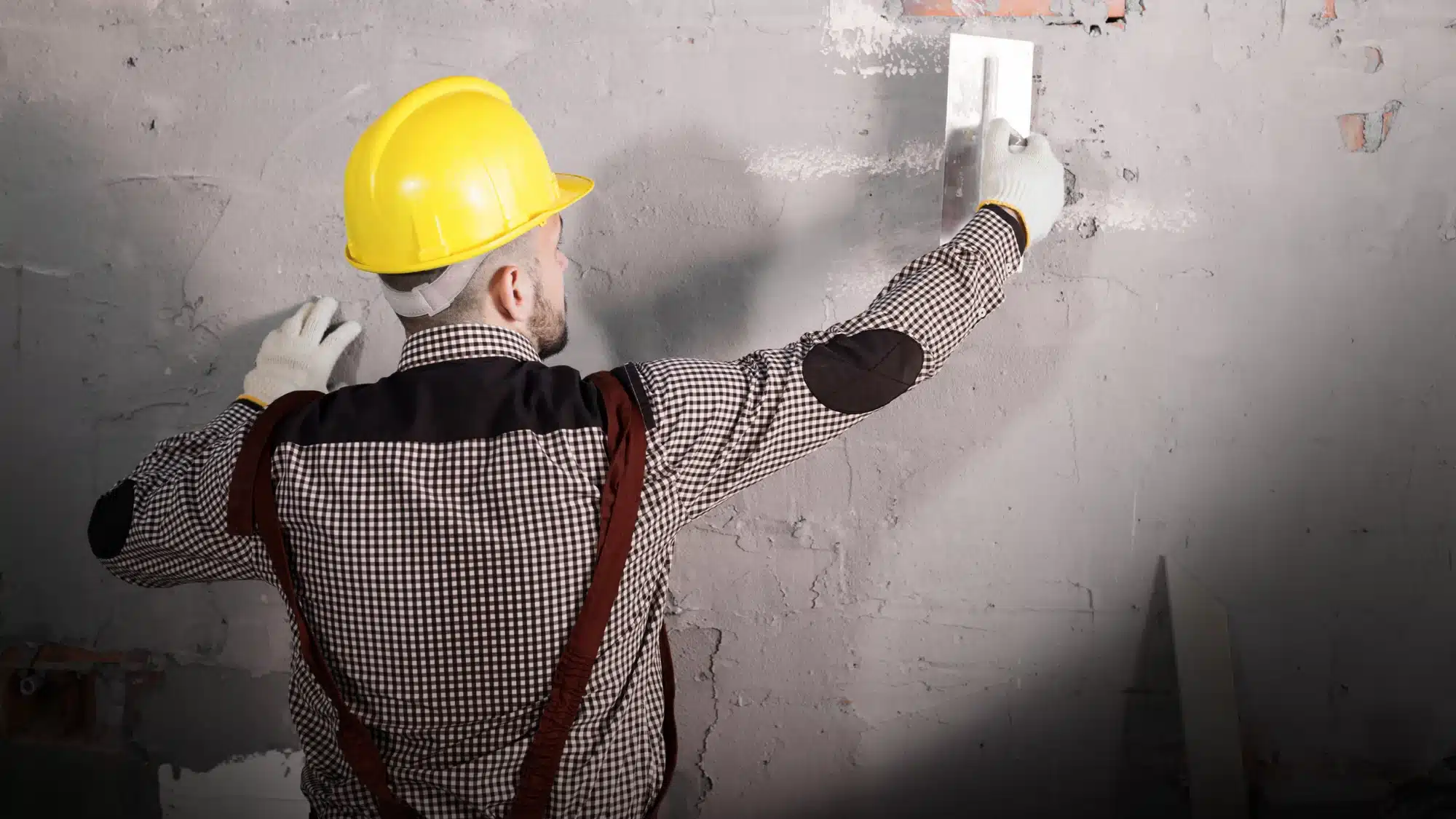When planning a new build or renovation, one of the most important exterior finish decisions is choosing between synthetic stucco and traditional stucco. Both materials offer unique benefits and drawbacks, and understanding these differences is key to selecting the right option for your project. If you’re searching for “Synthetic Stucco Installers Near Me,” this guide from CDP Stucco will help you make an informed choice.
What Is Traditional Stucco?
Traditional stucco is a time-tested exterior finish made from a blend of cement, lime, and sand. It’s known for its durability, resistance to the elements, and classic appearance. Traditional stucco is highly porous, allowing it to dry quickly and resist moisture when properly maintained.
Key Features:
– Natural, textured appearance with endless texture options, from rough to smooth.
– Durability: Can last up to 50 years with proper care.
– Fire resistance and excellent weather resilience.
– Color variation: Tends to have subtle color differences between batches, offering a more organic look.
What Is Synthetic Stucco?
Synthetic stucco, also known as acrylic stucco or EIFS (Exterior Insulation and Finish System), is made from acrylic resins mixed with sand to mimic the look of traditional stucco. It’s designed for greater flexibility and insulation, making it a popular choice for modern construction.
Key Features:
– Uniform, vibrant colors that are fade-resistant and consistent across the surface.
– Greater elasticity: Less likely to crack, especially in climates with significant temperature swings.
– Improved insulation: Often includes built-in insulation, enhancing energy efficiency.
– Design flexibility: Can be applied in a variety of textures, though not as many as traditional stucco.
Side-by-Side Comparison
Traditional Stucco
- Material: Cement, lime, sand
- Texture Options: Extensive, organic
- Color Range: Subtle, natural
- Durability: Up to 50 years
- Insulation: Moderate
- Maintenance: Higher (patching, fogging)
- Cost: Generally more affordable
Synthetic Stucco (EIFS)
- Material: Acrylic resins, sand
- Texture Options: Moderate, more uniform
- Color Range: Bright, consistent
- Durability: Highly crack-resistant
- Insulation: Superior (energy efficient)
- Maintenance: Lower (less prone to fading)
- Cost: Slightly higher, but energy savings
Pros and Cons
Traditional Stucco
Pros:
– Authentic, timeless look
– Excellent longevity and fire resistance
– Ideal for historic or HOA-restricted properties
Cons:
– More prone to cracking and moisture issues if not maintained
– Requires regular upkeep
– Less color vibrancy and consistency
Synthetic Stucco
Pros:
– Superior crack resistance and flexibility
– Enhanced energy efficiency due to insulation
– Consistent, fade-resistant color
– Lower maintenance needs
Cons:
– Fewer texture options
– If not installed correctly, it can be susceptible to water damage
– May not be suitable for historic properties or where traditional aesthetics are required
Which Should You Choose?
The best choice depends on your project’s priorities:
– Choose traditional stucco if you want a classic, textured look, need to comply with historical or HOA guidelines, or value long-term durability with a natural finish.
– Choose synthetic stucco if you prefer a modern, uniform appearance, desire better insulation and energy savings, or want a finish that resists cracking and fading.
If you’re searching for “Synthetic Stucco Installers Near Me”, CDP Stucco’s experienced team can help you evaluate your options and ensure a flawless installation that meets your needs.
Ready to Transform Your Property?
Contact CDP Stucco today to discuss your project and get expert advice on whether synthetic or traditional stucco is right for you. Our skilled installers are ready to deliver exceptional results, no matter which finish you choose.
Looking for “Synthetic Stucco Installers Near Me”? Trust CDP Stucco for quality craftsmanship and reliable service.

